Freelancing and Reading on the Road
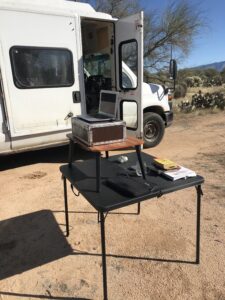
As Turtle (my van) and I bumble south from Colorado to New Mexico, and west from New Mexico into Arizona, I find my brain getting bored with not working. I’m so obsessed with maps, and poring over brochures and cactus guides, and finding a place to sleep at night, and filling water tanks, and emptying dirty water and toilets, that I haven’t spent enough time on my business, which I really want to work on.
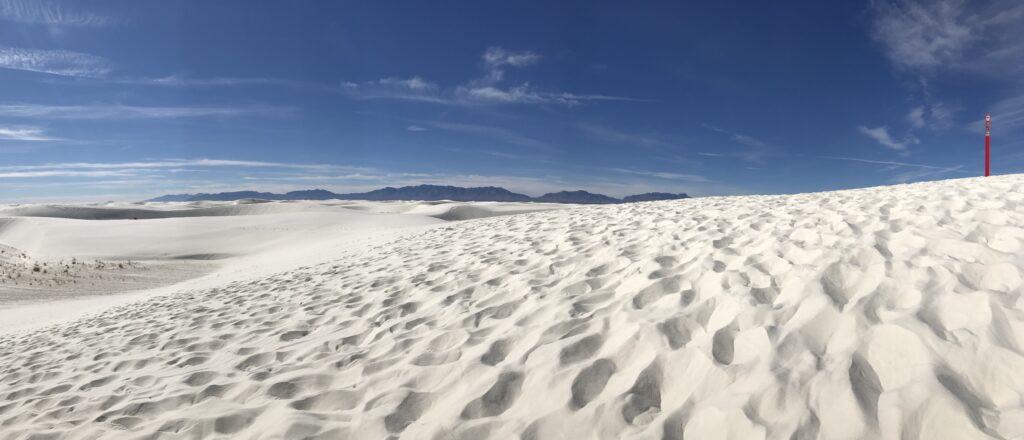
What got me back into the zone? The Deliberate Freelancer podcast. Melanie of MelEdits is a brilliant podcaster, and she interviews equally brilliant freelancers. While walking through White Sands National Park, (just south of the missile range in New Mexico), I became transfixed on the ADHD episode where she interviews a woman who was diagnosed with ADHD and how she made it work for her business. I was stunned as the interviewee listed every single habit I’ve ever had and wondered about. I don’t think I need a real diagnosis, but just knowing that it’s likely I have the same issue makes me feel a little better. I dove into other episodes too, like how to say no to business we don’t really want, and choosing one’s clients.
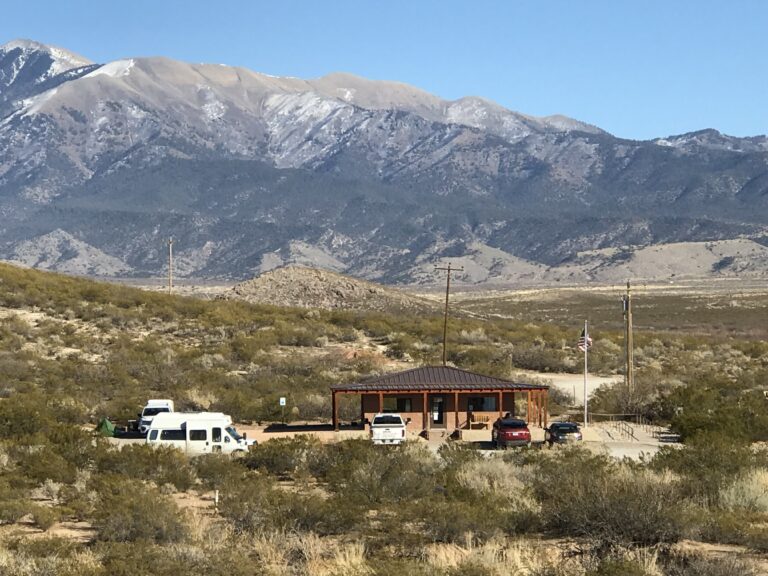
All along my adventure I’ve been reading Carl Hiassan’s Basket Case (which I really should have saved for Florida, since that’s where all his stories are based), and Edward Abbey’s The Journey Home, and on audio I’m listening to Mary Austin’s, The Land of Little Rain, which was published sometime in the 1920s. I’m glad my mom encouraged me to subscribe and keep subscribing to Scribd, because I’ve listened to many, many excellent audiobooks this way.
Follow my van life adventures here in the “travel” section of my blog, or on Instagram @artemissavory.
Freelancing and Reading on the Road Read More »

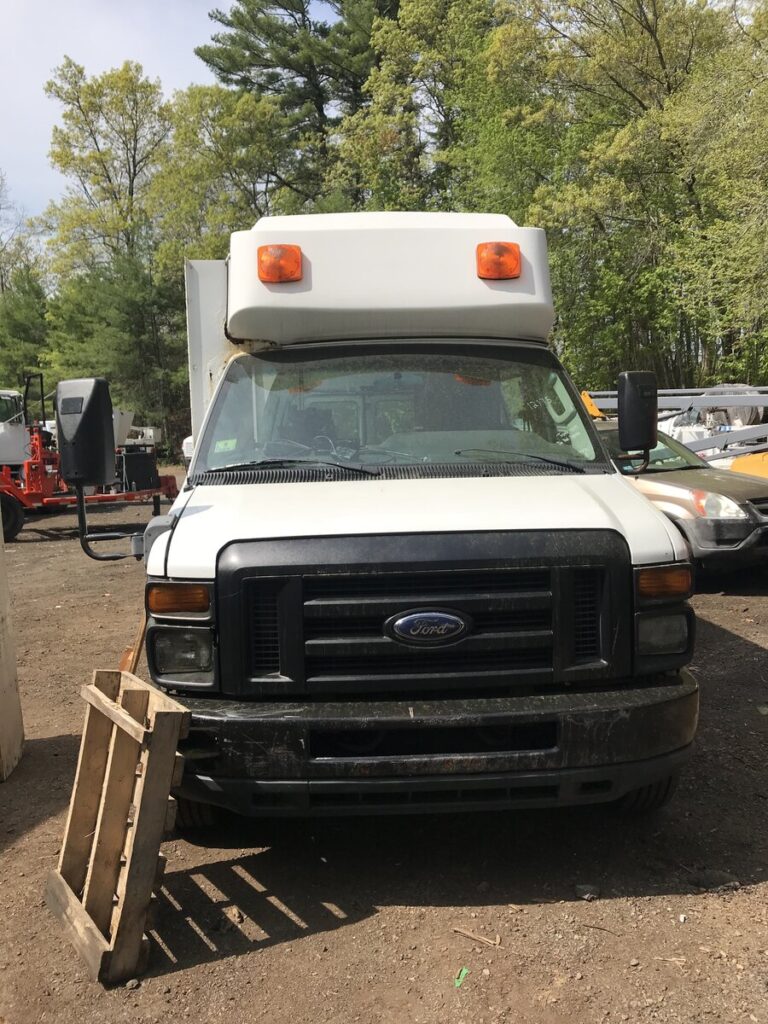
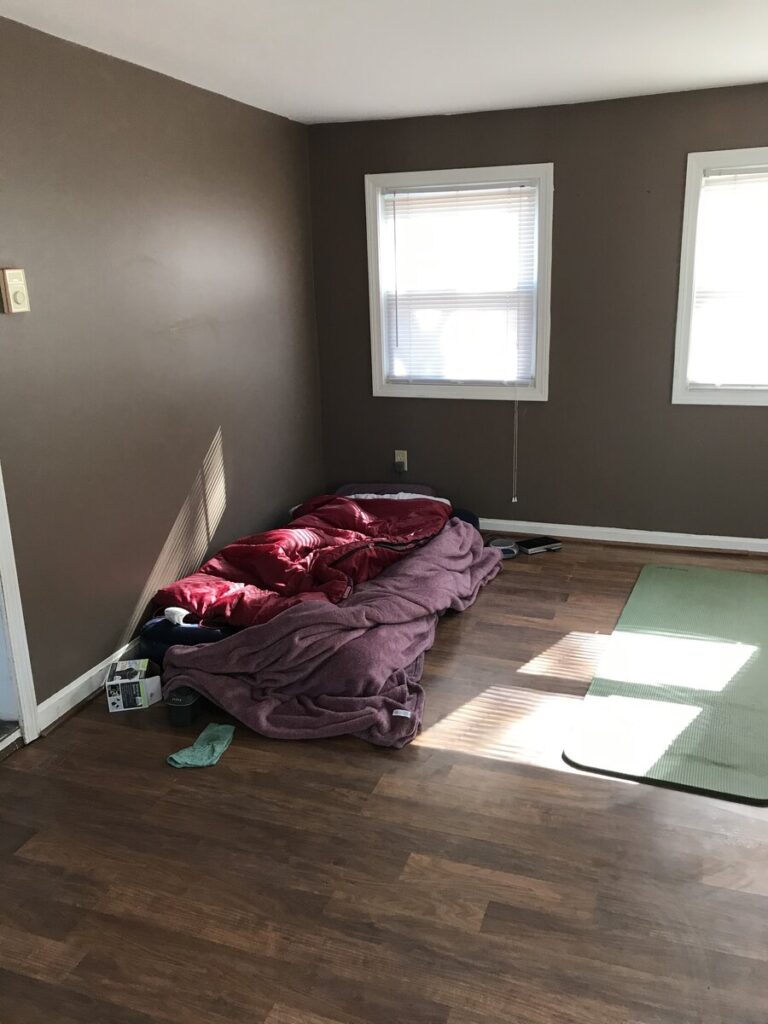

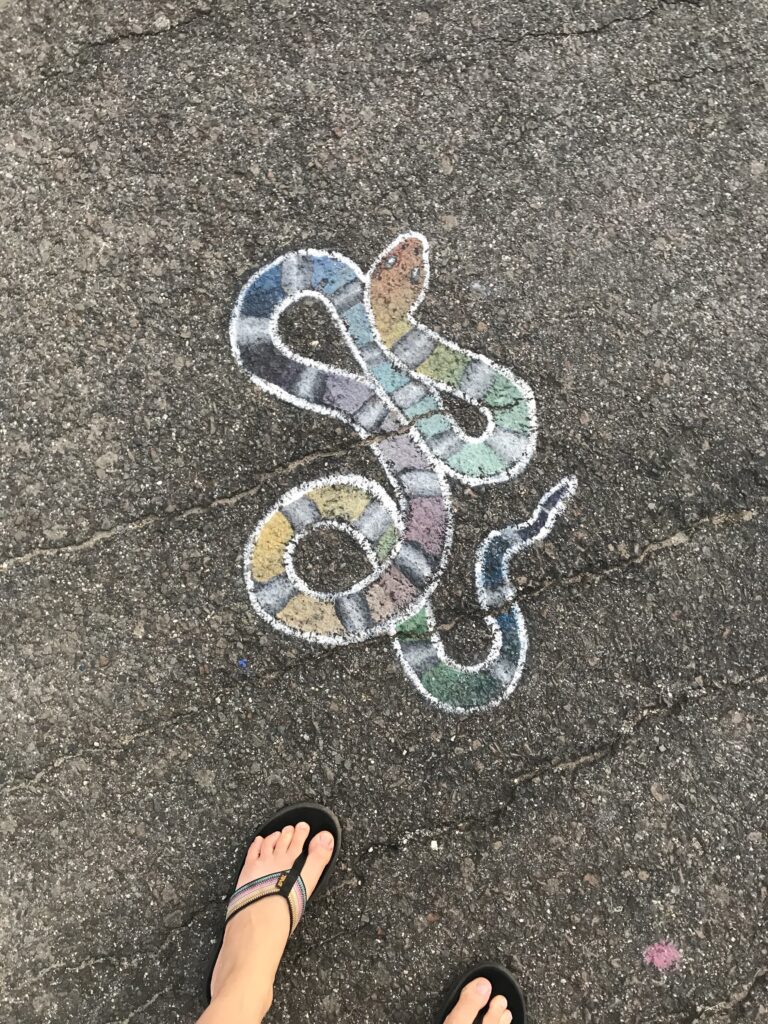
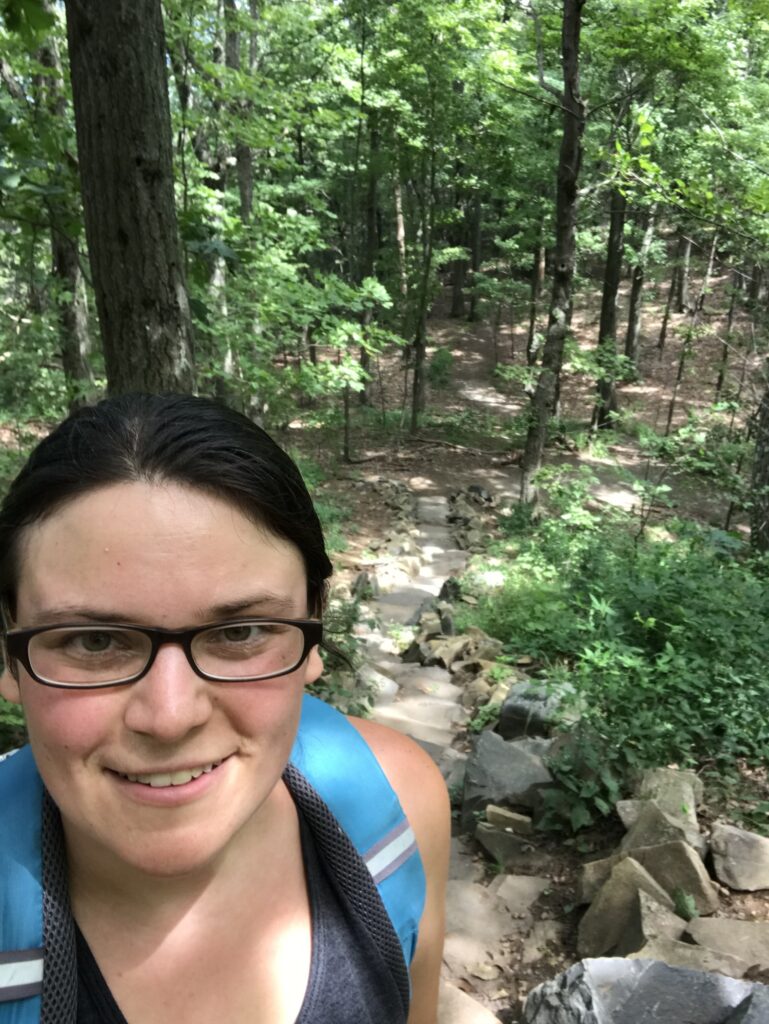
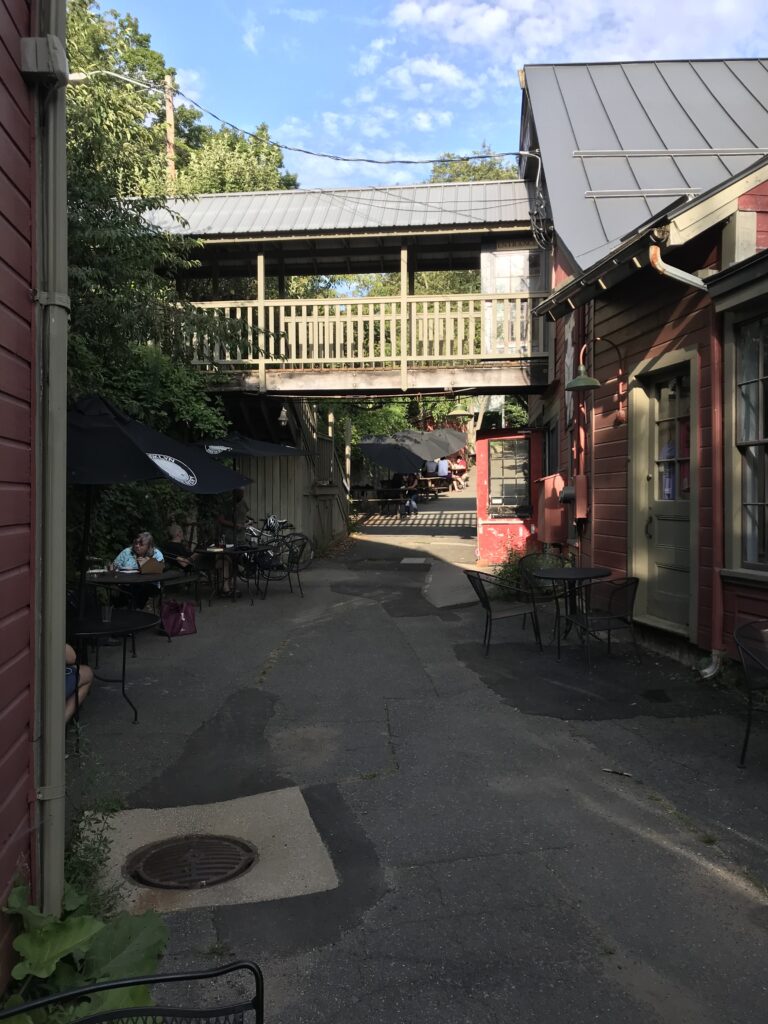
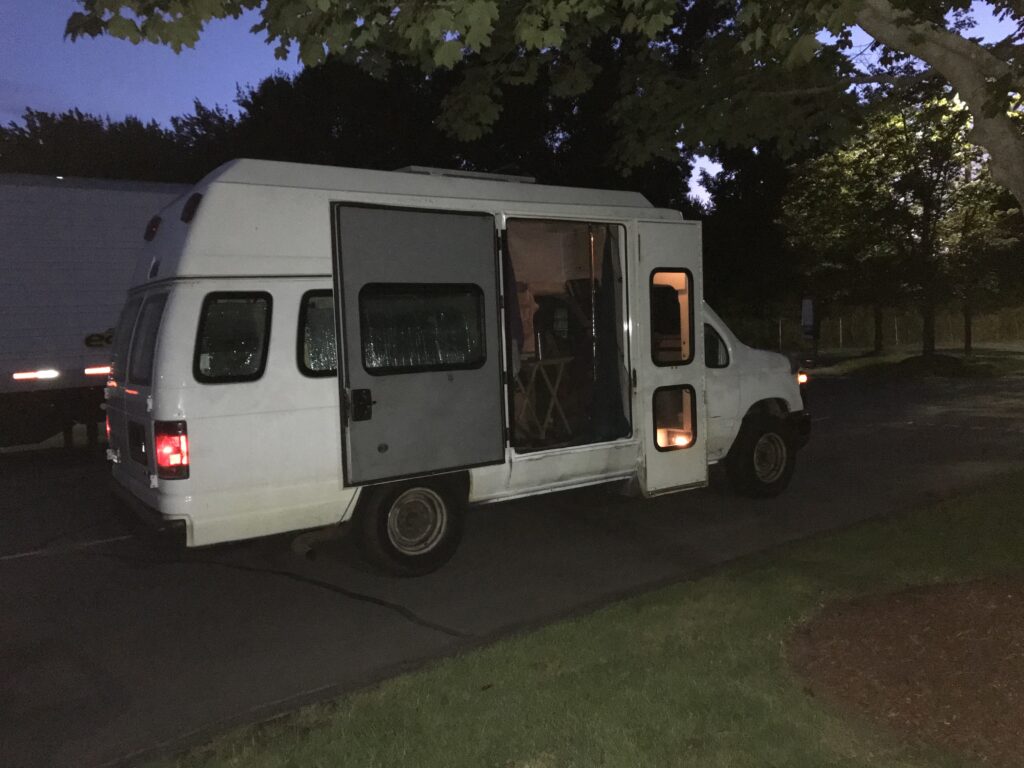
 There are ways to guide your memoir, to nurture it, and there are also some things you should avoid. I recently read the memoir
There are ways to guide your memoir, to nurture it, and there are also some things you should avoid. I recently read the memoir